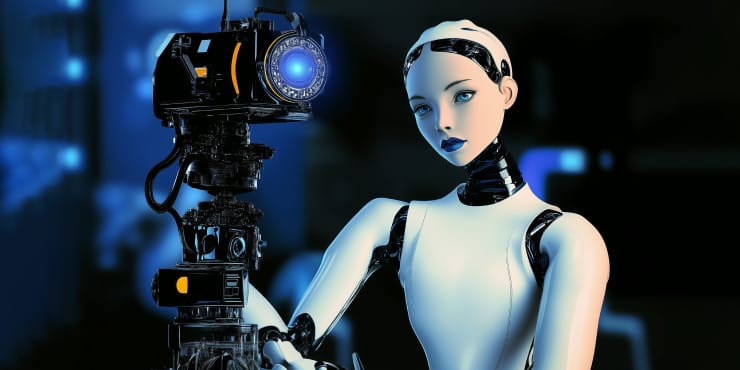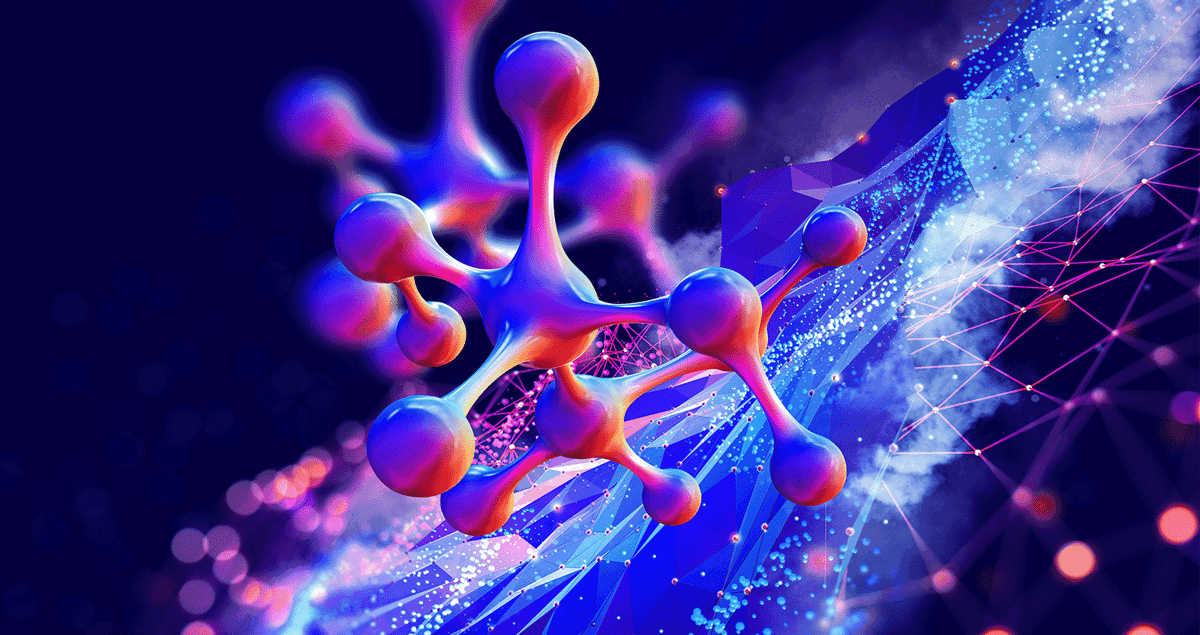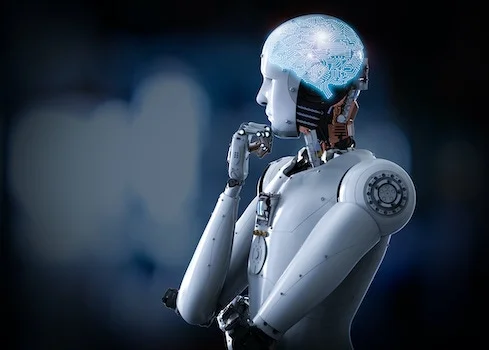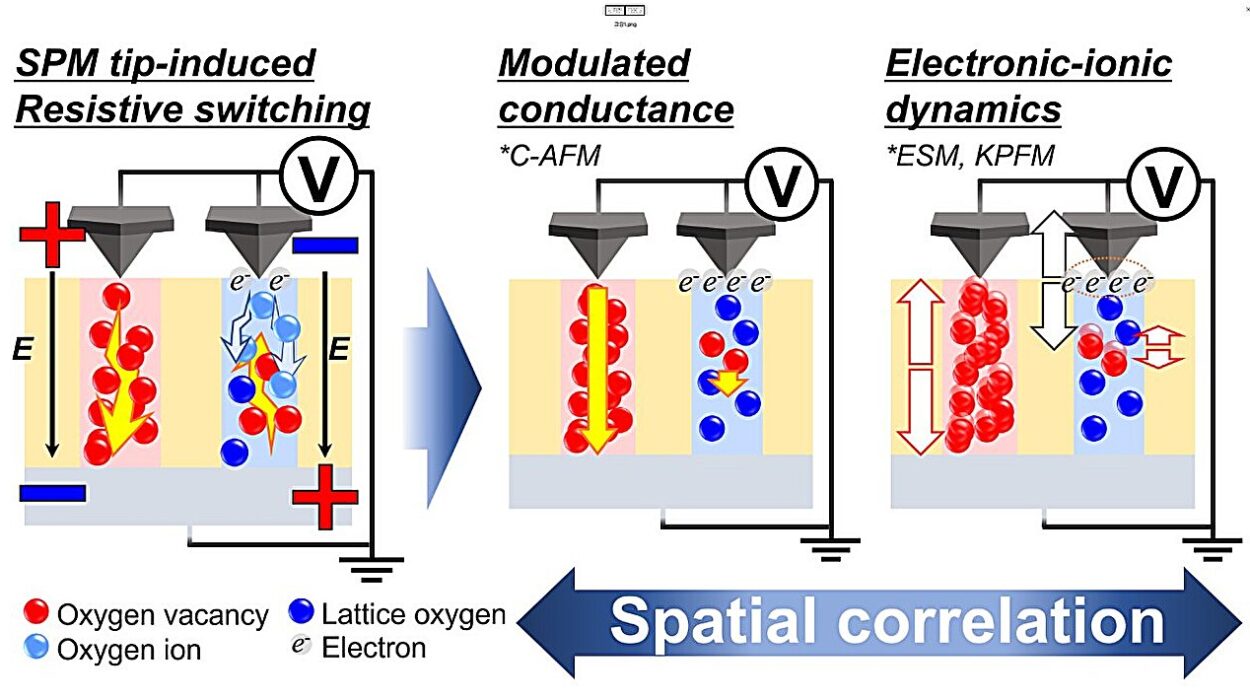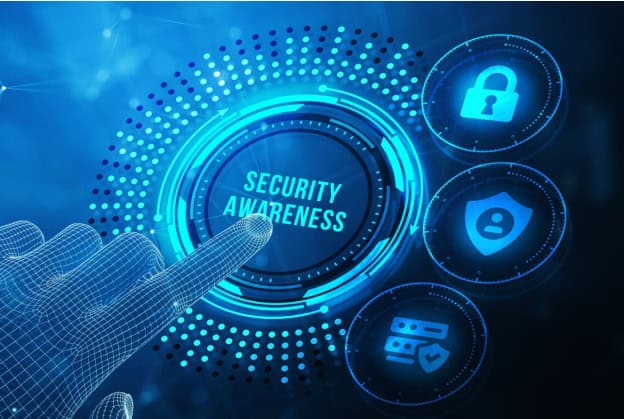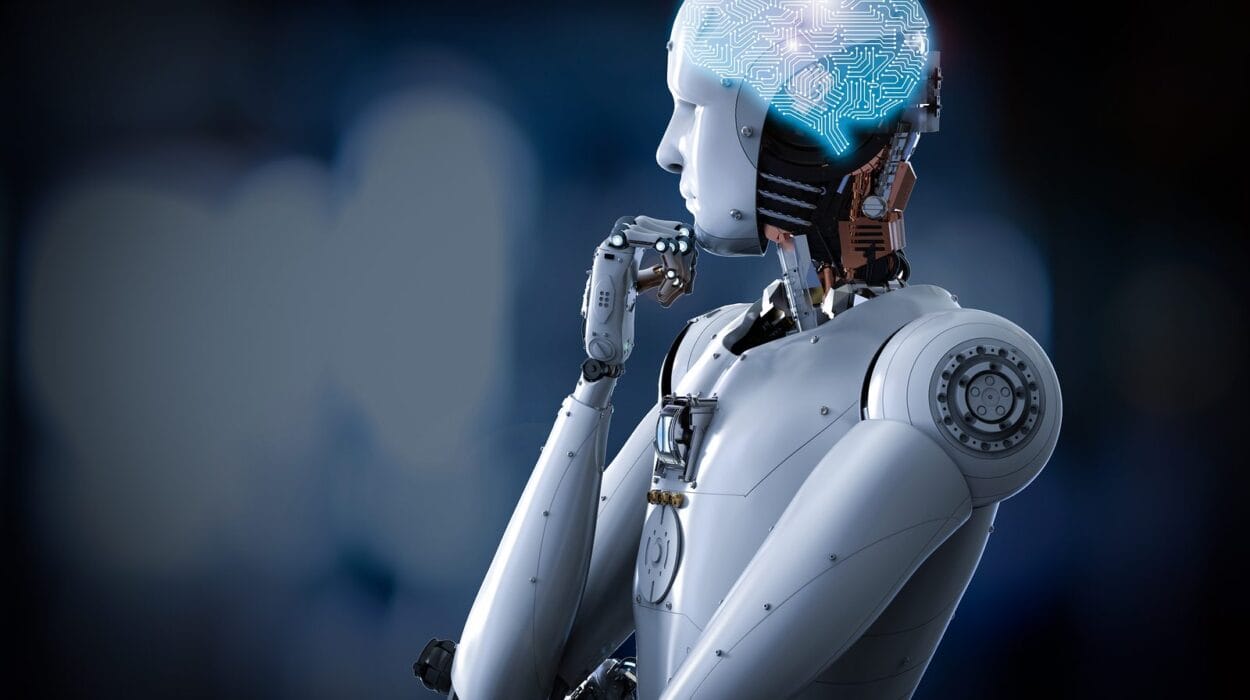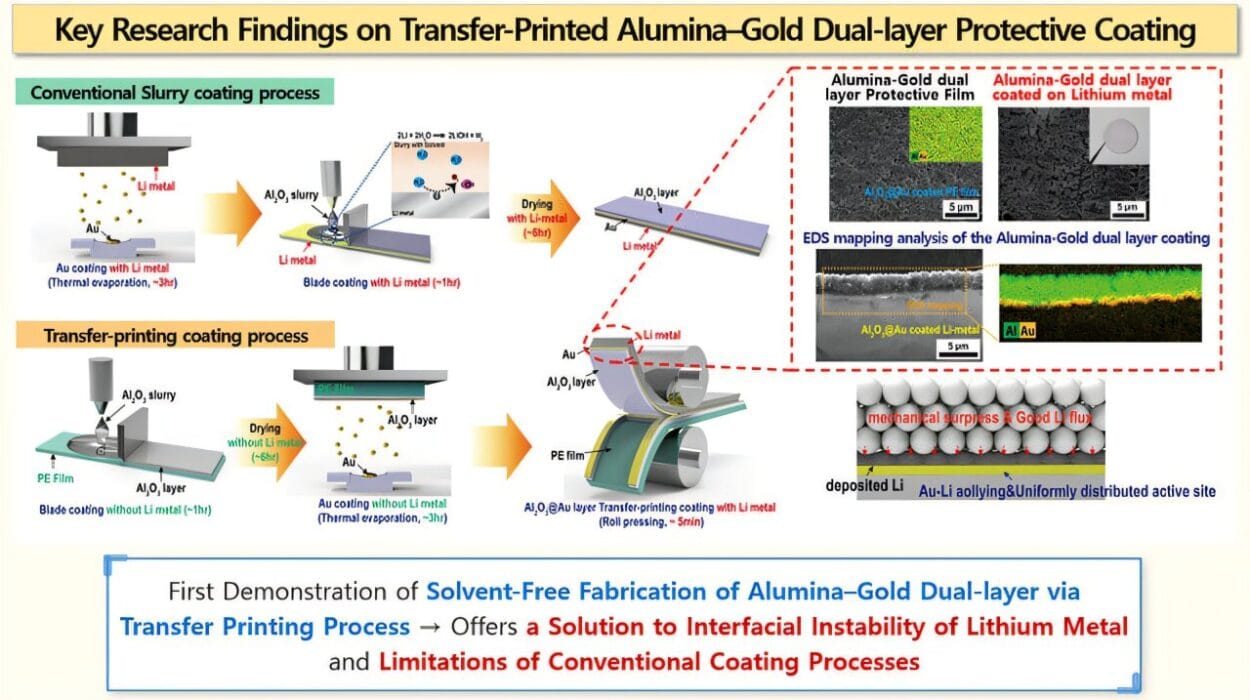Once, the art of creating a compelling video required an entire orchestra of skills — scriptwriting, filming, sound engineering, editing, color grading, and post-production magic. This was the realm of dedicated teams armed with expensive equipment and years of practice. An individual creator could dream, but often those dreams stayed trapped on paper, because translating them into a polished, watchable video demanded time, money, and expertise.
Today, the landscape is shifting beneath our feet. Artificial Intelligence — once a distant, almost mystical concept — is now not only a tool but a collaborator. The process of making videos has been infused with algorithms that understand language, generate visuals, interpret tone, and adapt style, allowing creators to leap from concept to final product faster than ever before.
AI is not here to replace creativity; it is here to accelerate it. By handling the repetitive, mechanical, and time-consuming elements of production, AI gives storytellers the space to focus on the heart of their work: emotion, message, and connection. The leap from an idea in your head to a finished video on the screen has never been smaller — and the bridge across that gap is built from lines of code that think and learn.
The AI Script Whisperer
Every great video begins with a story, and every story begins with words. Traditionally, crafting a script meant hours of drafting, refining, and rewording. It was a slow dance between inspiration and structure. But AI script generators, powered by large language models, have learned the rhythm of that dance.
When you feed these models a few lines about your subject, they don’t just spit out text; they weave narrative arcs. They understand pacing, tone, and the subtle shifts in language that can turn a bland description into a vivid scene. They can adapt to a formal corporate style or an energetic YouTube voice, generating dialogue that sounds natural rather than robotic.
Scientifically, this magic is powered by transformer-based architectures — the same neural networks that allow AI to translate languages, compose poetry, and summarize novels. These models have been trained on vast datasets of human writing, learning not just the rules of grammar, but the nuances of persuasion, humor, suspense, and empathy.
For the creator, this means that a process that once took days can now take minutes. You can brainstorm ten versions of a script in the time it would once take to write an outline. You can experiment with alternate endings, sharper hooks, or more impactful closing lines — all without starting from scratch each time. AI scripting tools don’t tire, and they don’t get writer’s block.
From Text to Motion: AI-Driven Storyboarding
A script is the skeleton of a video, but storyboards are its flesh. They transform abstract words into tangible frames. In the past, storyboarding was either a meticulous hand-drawn process or a painstaking assembly of stock images and rough sketches. Today, AI can generate visual mockups directly from the script.
These tools parse the text, identify scenes, settings, and characters, and then create corresponding images. Using diffusion models and generative adversarial networks (GANs), they can produce visuals that are not only relevant to the script but also stylistically coherent. If your video is meant to feel cinematic, the storyboard can already carry that aesthetic. If it’s meant to be playful, the images can be infused with bright colors and exaggerated expressions.
This is not merely a convenience. It changes the psychology of creation. When a creator sees their ideas instantly visualized, it triggers new inspiration. A scene that seemed flat in text form may suddenly come alive when visualized, prompting new ideas for camera angles, pacing, or emotional beats.
Editing Without the Grind
Video editing has long been the bottleneck of production. Hours spent aligning audio to video, trimming awkward pauses, color correcting frames, and adding captions can drain the joy from storytelling. AI has begun to dissolve that bottleneck.
Modern AI video editors use deep learning models to automatically identify the most important moments in raw footage. They can detect speech patterns, facial expressions, and even emotional shifts, allowing them to highlight sections of dialogue or action without manual scanning. They can cut silences, remove filler words, and sync subtitles with uncanny accuracy.
Some AI editing tools can even match visual styles from reference footage. If you show the AI a clip with a warm, vintage aesthetic, it can replicate that look across all your footage, automatically adjusting contrast, saturation, and grain to match. This is powered by computer vision algorithms trained to recognize patterns in color grading and texture.
Where editing once felt like chiseling away at a stone block, AI has made it more like shaping clay — fast, flexible, and forgiving. Mistakes can be undone instantly, and entire visual styles can be swapped in seconds.
Repurposing: Breathing New Life into Old Content
One of the most transformative impacts of AI is in repurposing content. In the old model, a video lived and died in its original format. A long YouTube video could not easily be turned into a snappy TikTok clip without significant manual work. A recorded webinar was too dense for Instagram without labor-intensive slicing and summarizing.
AI has changed this. Tools can now take a long-form video and automatically generate multiple shorter versions, each tailored for a specific platform. They can detect key highlights, reframe footage for vertical screens, and even rewrite captions to suit the cultural tone of different audiences.
Natural language processing enables AI to summarize key points and rephrase them into hooks that fit short-form content trends. Computer vision ensures that subjects stay centered when switching from horizontal to vertical formats. Speech-to-text models allow captions to be generated instantly, and translation models can make them multilingual without hiring human translators.
This is more than just efficiency. It means a single piece of content can live multiple lives. A conference talk can become a podcast, a series of tweets, a dozen TikTok clips, and a polished LinkedIn post — all with minimal extra effort. The return on creative investment multiplies.
The Emotional Intelligence of Machines
For all their mathematical precision, AI models are increasingly capable of something that seems almost human: emotional sensitivity. Advanced systems can analyze the tone of voice in audio, the sentiment in speech, and the mood in visual imagery. This allows them to make editing decisions that are not purely technical, but emotional.
If a scene is meant to be uplifting, AI can choose brighter color palettes, smoother transitions, and more vibrant background music. If the tone is somber, it can favor slower cuts, muted colors, and gentle fades. This is achieved through multimodal learning — training algorithms to interpret audio, text, and visuals together rather than in isolation.
While AI cannot truly “feel,” it can recognize patterns in how humans express and respond to emotions, and use those patterns to enhance the audience’s experience. This makes it a powerful co-director in crafting the emotional arc of a video.
The Science Behind the Magic
What feels like magic to the user is underpinned by a complex ecosystem of technologies. Large language models handle scriptwriting and summarization. Convolutional neural networks (CNNs) and vision transformers process images and detect objects. Diffusion models generate photorealistic visuals. GANs create stylistic variations. Recurrent neural networks (RNNs) and transformer-based architectures sync audio and captions.
The hardware is just as important. Graphics Processing Units (GPUs) accelerate the training and inference of these models, while cloud computing platforms make them accessible from anywhere. The AI revolution in video is not the work of one technology, but of many interlocking innovations — each one solving a piece of the puzzle.
The Democratization of Storytelling
Perhaps the most profound change AI brings to video creation is not technical, but cultural. By lowering the barriers to entry, it opens the world of storytelling to voices that might never have been heard. A teenager in a rural town can now produce a documentary with the polish of a professional studio. A nonprofit with a tiny budget can make a high-quality awareness campaign without hiring an expensive production crew.
This democratization is not without challenges. The ease of creation can flood platforms with low-quality or misleading content. Deepfake technology can be misused to fabricate events. The same tools that empower can also deceive. This means that alongside the creative revolution, we need robust systems for verification, ethics, and digital literacy.
The Future: From Co-Creator to Creative Partner
We are only at the beginning. Future AI video tools will not just react to human prompts; they will anticipate needs, suggest narrative arcs based on audience preferences, and adapt stories in real time based on viewer engagement. Imagine a video that subtly changes its pacing, imagery, or music depending on who is watching — optimizing emotional impact on the fly.
AI will also grow more deeply collaborative. Rather than simply taking instructions, it will engage in dialogue, proposing ideas, pointing out weak spots in a narrative, or suggesting ways to make a scene more compelling. The relationship between human and machine will shift from tool-and-user to co-creative partnership.
Conclusion: A New Age of Human Expression
AI-powered video creation is not about replacing human creativity — it is about amplifying it. It removes friction, expands possibilities, and transforms what used to be labor into play. Scripting, editing, and repurposing are no longer gatekept by technical skill or budget; they are available to anyone with a story to tell.
The camera may still be in our hands, but the mind behind it now has a silent collaborator — one that can process terabytes of information in seconds, generate worlds from words, and adapt stories to audiences in ways that were once impossible.
In this new era, the challenge is not how to make a video, but how to dream big enough to take full advantage of the tools at our disposal. The machines are ready to help us tell our stories. The question is: are we ready to tell them?
